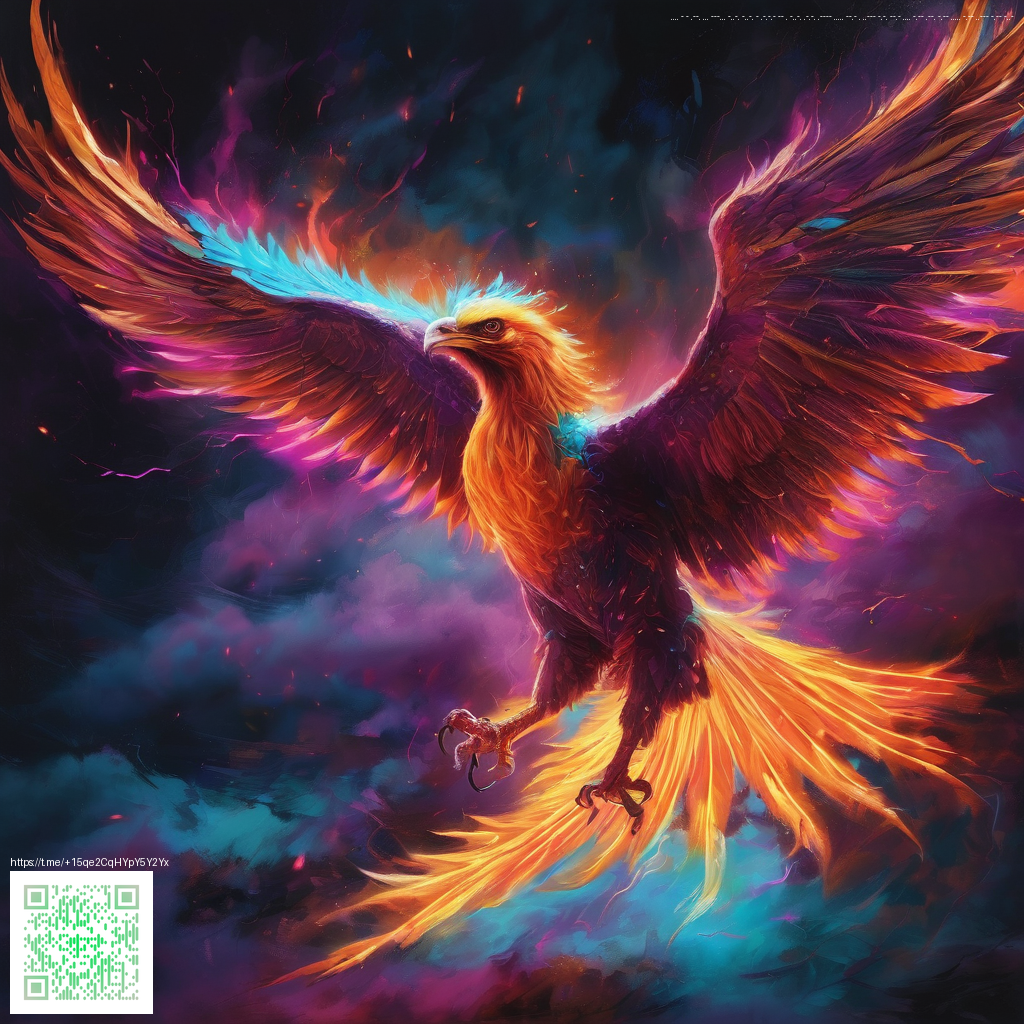
Development milestones for Pokémon Sword and Shield
When Game Freak set out to bring a new generation to the Nintendo Switch they aimed to push both technical boundaries and world building. The Galar region offered a fresh visual language while keeping core RPG DNA intact. The journey from concept to release spanned years and a series of bold decisions that shaped the package players encountered in late 2019.
From the initial announcements to the DLC era the project evolved through design pivots hardware considerations and community feedback. This article charts the major milestones and the ripple effects on gameplay post launch updates and the surrounding fan culture. It considers how the team balanced exploration with narrative pacing in a world that needed to feel new yet familiar.
From reveal to release
The project entered public view in early 2019 when Nintendo announced the new generation for the Switch. Fans were drawn to the Wild Area a large open zone that promised seamless streaming of weather and dynamic Pokemon spawns. The team explained that the region would blend traditional route based progression with more open space exploration.
Release arrived in mid November 2019 and carried a wave of excitement along with some controversy. The omission of a National Dex at launch sparked debates about accessibility and the retention of favorite Pokemon from past generations. Developers acknowledged that the scope of the project on Switch required a careful engineering trade off and fans remained engaged in ongoing discussions about future updates.
Feature milestones and design choices
Galar as a locale paid homage to the United Kingdom through architecture music and regional forms. The game introduced a more cinematic battle flow and a camera system that emphasized proximity to Pokemon during encounters. The Wild Area served as a living hub that connected multiple routes and towns offering a rotating ecosystem that kept encounters unpredictable.
Under the hood the team refined animations and set piece pacing to preserve performance on a hybrid console. Coverage and community threads highlighted how the system handled raids and max battles across various weather scenarios.
Developer commentary The team stressed that exploration and shared weather systems were core to the new experience while keeping the familiar turn based combat intact. The goal was to invite players to plan routes chase powerful Pokemon and cooperate during online battles without sacrificing the charm of the series.
The expansion era and ongoing updates
Two major expansions in 2020 extended the life of the title and brought new landscapes stories and a fresh cadence of events. Isle of Armor introduced a new dojo focused on training and a dedicated zone that reshaped how players encountered stronger foes and rare Pokemon. The Crown Tundra followed later that year with evocative scenery and new legendary hunts that encouraged social play and cooperative exploration.
Patch notes and community posts began to mirror a live service mindset even within a traditional single player frame. Players received balance adjustments new moves and tweaks to online features all of which kept competitive play vibrant and emergent. The DLC model clarified a path forward for a generation that was already rich in adventure yet hungry for more content.
Gameplay evolution and community voices
The timeline shows a shift toward flexible pacing. Players could chase story beats quickly or linger in the Wild Area to catch rare spawns and experiment with different teams. The addition of expanded online encounters created space for co op strategies raid dynamics and heavy emphasis on team composition in end game battles.
Community insight Fans celebrated the return of long cherished Pokemon via the DLC and shared build guides that took advantage of new moves and dynamics. Critics noted that the core loop remained intact while the post launch content offered meaningful variation rather than quick filler.
Modding culture around generation eight remains more constrained than earlier eras due to encryption and platform constraints. Yet vibrant fan communities still discuss teardowns trainer expression and ROM hacks for older titles as a bridge to broader creative projects. For many players the timeline is a reminder that updates can extend the life of a game that could have faded quickly in a crowded release year.
Looking ahead
Even as the dust settles on the initial wave of content the legacy of a bold release and the DLC era continues to influence how developers approach post launch strategy. The open world experiments and live service ideas shape design language across future titles offering a blueprint for blending exploration with structured progression in new generations.
Rugged Phone Case – Impact Resistant Glossy Finish